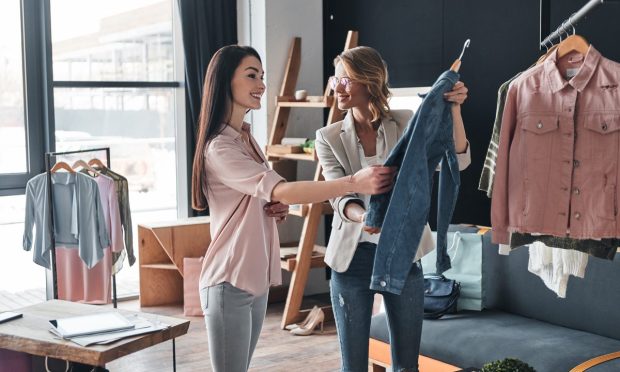Retailers Rethink Appointments As An Easy Bridge That Can Boost Omnichannel Sales

With capacity limits lifted in most parts of the U.S., it may be expected that retailers would start phasing out customers’ ability to schedule shopping appointments as pre-pandemic shopping spontaneity returns. However, retailers are actually doubling down as consumer demand for appointments surpasses levels seen during the pandemic.
“As the pandemic was beginning to wane a bit, we said, ‘Jeez, I wonder if appointment volume will start to go down,” said John Federman, CEO of experiential relationship management platform JRNI, in an interview with PYMNTS. “It’s the opposite. People are saying, ‘Hey, I’m ready to get back out there, but I want to do it in a way on my terms.”
What appointment scheduling has done, Federman said, is helped create a truly personal, omnichannel experience no matter whether the customer walks in a physical front door or a digital one.
“Consumers have created a ‘wish list,’ if you will, for how they want to engage,” he said. “It becomes a competitive disadvantage for a retailer if they’re not playing along.”
Urban Outfitters, for example, has told JRNI that using appointment scheduling has given the company’s wedding brand BHLDN better conversion rates, a better customer experience and less friction in the shopping experience.
“You see upsell and cross-sell go up exponentially,” Federman said, noting that a recent study by JRNI and Forrester Research found the average basket size is six to eight times larger with an appointment than without.
“That’s why retailers embrace it,” he said. “That’s why they don’t want it going away.”
Vera Bradley earlier this month tapped Reflexis Systems to “streamline and improve the customer shopping experience” by giving customers the ability to select time slots for shopping in-store or virtually from home, the ability to schedule curbside pickup and the ability to join on-site lines for walk-in service.
Kelly Brown, vice president of stores for Vera Bradley, said the technology “ensures we have the right employees in place to meet our customers’ needs, and feedback has shown shoppers plan to continue using this personalized approach in the future.”
Appointments For Everyone
Federman said retail appointment scheduling “works for all sides of the spectrum,” with those who love to shop enjoying it because they get a bespoke experience and those who hate to shop receiving undivided attention for an expedited trip.
“What appointment scheduling does is it takes advantage of all that digital work you’ve done and translates it with the same brand into a singular customer experience,” Federman said. “And that’s where we’re seeing so much of the really big success.”
To be sure, Federman said “the sport of shopping,” or the non-specific time spent browsing stores, isn’t going away, and there’s room for appointment scheduling in that experience as well. Many retailers now allow customers to enter virtual queues for fitting rooms or personal assistance even if they didn’t initially expect to be shopping at the store.
“It depends on what you as a person want from shopping,” Federman said. “But what we believe is that so many of these engagements are not going to be a pure digital engagement,” because at a certain point, consumers want to see the products they’re buying and have interactions with another person.
Workforce Management
Appointment scheduling can also be utilized as a workforce management tool, which is key as the retail industry continues to face a labor shortage amidst some of the busiest shopping seasons of the year. If a retailer knows they have a certain number of customers coming in on a given day, they can make sure to staff accordingly. Alternatively, they can shift employees to a different location if not many appointments have been booked.
“It creates efficiencies for the retailer in terms of workforce management,” Federman said. “It creates the opportunity to deploy their team against the best prospects and combine it with that reduction of friction for the consumer.”
One retailer told JRNI that appointments saved their employees roughly 1,700 hours over a year because they were able to devote time to the best customers and best prospects instead of consumers who have a low chance of conversion.